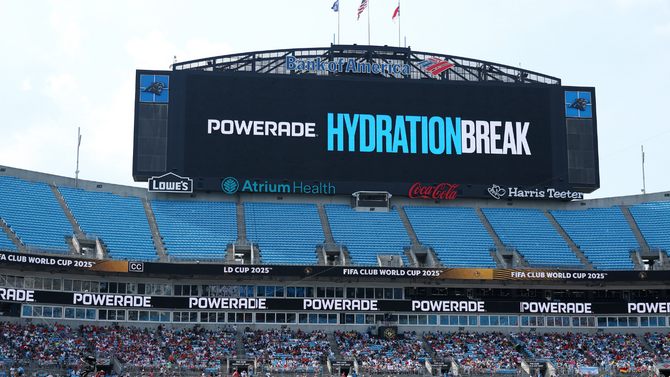FIFA`s ambitious launch of a revamped, expanded 32-team Club World Cup in the United States was widely seen as a significant dry run for the much-anticipated 2026 World Cup. With the tournament now concluded, the report card appears distinctly mixed, highlighting both unexpected successes on the pitch and substantial organizational hurdles that offer crucial lessons for the future.
Unexpected Drama on the Field
One of the primary goals of the expanded format was to inject greater sporting merit into the competition, moving beyond what was often perceived as a predictable European procession. On this front, the tournament delivered. While Europe`s elite, Chelsea and Paris Saint-Germain, ultimately contested the final (won by Chelsea in a surprising upset), the path there was anything but straightforward. South American teams, particularly those from Brazil, punched significantly above their financial weight, proving the competitive gap might be narrower than commonly assumed. Their strong performances, including dispatching European opponents, provided genuine on-field drama. Even the early exit of a powerhouse like Manchester City added to the narrative that competitive intensity was indeed present, surprising even seasoned observers like FIFA`s chief of global football development, Arsène Wenger, who noted high levels of motivation among participants. The substantial prize money undoubtedly served as a compelling incentive for all involved.
Logistical Hurdles: The Empty Seats and Sweltering Heat
However, the narrative shifts considerably when examining the off-field execution. FIFA`s decision to utilize vast NFL stadiums across the U.S., intended to mirror the 2026 World Cup venues, led to optics problems. Many group stage matches, featuring teams less globally renowned than the European giants, were played in cavernous arenas that appeared starkly under-filled. Attendance figures were, at times, significantly below half-capacity, raising questions about venue selection and ticket pricing strategy. While organizers suggested the lower attendance was due to less familiar teams, it served as a blunt reminder that the immense global appeal of the World Cup itself doesn`t automatically translate to every FIFA event, especially when hosted in stadiums designed for a different sport`s scale and fan culture.
Perhaps the most undeniable challenge was the weather. Staging a major football tournament during the U.S. summer meant contending with severe heat waves and humidity. Players visibly struggled, with reports of dizziness and conditions described as “dangerous.” The extreme temperatures impacted game play, reducing high-speed running and forcing tactical adjustments, particularly in midday fixtures. While weather is beyond FIFA`s control, player welfare is not, and the conditions underscored the need for innovative solutions or perhaps more careful scheduling in future summer tournaments, especially considering the 2026 World Cup will face similar climatic realities in many host cities.

Pitch Imperfections and Off-Field Distractions
Adding to the logistical concerns were the playing surfaces. Utilizing NFL stadiums requires installing temporary grass pitches, a complex process intended as a test for 2026. Feedback was mixed, with some pitches described as “dry” or “slow,” and one manager noting the ball bounced erratically. While FIFA is gaining experience with this process, the inconsistency highlighted that perfecting World Cup-standard pitches in multi-purpose venues remains a significant technical challenge.
Beyond the practicalities, the tournament`s climax was marked by a blend of sporting outcome and spectacle that bordered on the bizarre. The final itself, a genuine upset, was arguably overshadowed by an elaborate halftime show and notable political appearances. The sight of a former U.S. president being booed and later inserting himself into the trophy presentation added a layer of surrealism to the sporting occasion, leading many to question whether the focus remained appropriately on the football itself or the surrounding, sometimes awkward, pageantry.
Lessons for 2026
The expanded Club World Cup in the USA was, at best, a qualified success. While it demonstrated the potential for competitive variety beyond the traditional European dominance, it simultaneously exposed significant vulnerabilities in hosting a large-scale football event in the American summer across enormous, non-soccer-specific venues. The sight of empty seats, the palpable struggle against the heat, and the inconsistent pitches serve as stark, actionable warnings for FIFA and the 2026 World Cup organizing committee. Learning from these challenges – whether through refined scheduling, technological interventions for player welfare, or perfecting pitch installation – is critical. Otherwise, the success of the World Cup, which is expected to break attendance records and captivate the nation, could face unnecessary headwinds from preventable logistical missteps highlighted during this revealing summer trial run.








